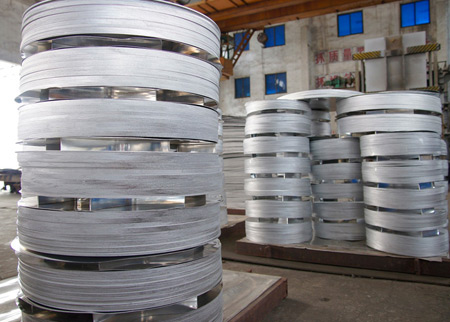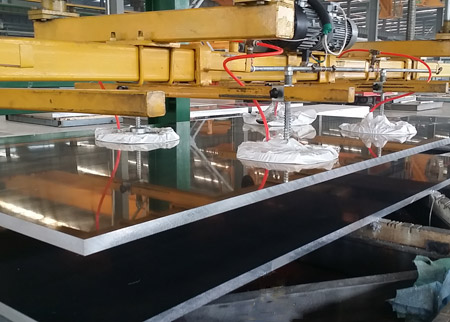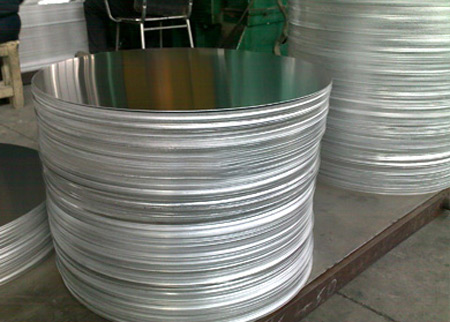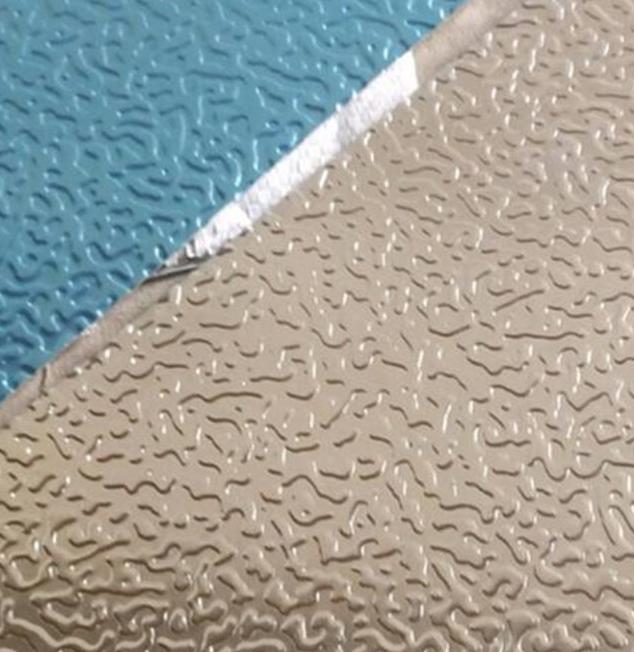



Anti-corrosive aluminum is what our customer mostly needed in the macket. And how is aluminum of this property retreated? Now here is the analysis of the technological process of Haomei aluminum corrosion resistance treatment.
Aluminum corrosion-resistant treatment adopts DC power supply or DC and AC superimposed power supply, and there are many kinds of solutions. The use of sulfuric acid hard anodizing treatment is more common. of various factors.
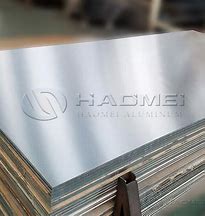
Corrosion-resistant aluminum treatment:
(1) The concentration of sulfuric acid oxidation treatment: 200-250 g/L is often used, and the relative density of the bath solution (at room temperature) is 1.12-1.15.
(2) Water: Water is the main component of hard anodizing treatment. Generally, distilled water or cold boiled water is used instead of tap water, because tap water contains chloride ions. When the content of Cl is 1%, the parts are in the oxidation process. Corrosion and white spots appear.
(3) Temperature of aluminum hard oxidation treatment: temperature is one of the important factors affecting the quality of the oxide film. The temperature of anodizing is strictly controlled, the hard oxide film is thickened, the hardness is improved, and it is smooth and dense.
(4) Current density: Current is also one of the important factors affecting the quality of the oxide film, which is closely related to the formation speed of the oxide film and the organization of the oxide film. When the current density is too low, the formation speed of the oxide film is slow, and the processing time increases; on the contrary, when the current density is too high, the solution and the electrode will be overheated due to the Joule effect. The dissolution rate of the oxide film increases, the hardness decreases, and the surface is rough, loose and powdery.
(5) Initial voltage and treatment time: The initial voltage and time of hard anodizing also have a great influence on the quality of the oxide film. If the initial voltage is too large, the current will increase, the Joule heat and the generation heat will increase sharply, which will lead to a sharp increase in the dissolution rate, and the oxide film will be soft, dull, powdery, and not wear-resistant.
(6) For the oxidation treatment time of aluminum anodization: generally, the thickness of the oxide film increases with the prolongation of the oxidation treatment time, but after a certain period of time, if the applied voltage is not increased, the oxide film does not actually increase. If you continue to prolong the time, the hardness of the oxide film will be low, and the powder will become loose. On the contrary, if the oxidation treatment time is too short, the thickness of the oxide film will be thin and not wear-resistant.
* Thank you for your inquiry. Please provide your business needs information so that we can better serve you.
This information can help us assign the most suitable person to solve your problem. We will give you feedback within 1-2 working days.
Related Blog
